How To Properly Prevent, Treat, And Heal A Sunburn
Sunny days and leisure time lead many to choose outdoor activities for a day's rest and relaxation. They go for long walks, visit the beach and go swimming, biking, rollerblading, canoeing and kayaking. However, countless individuals forget to do the simplest thing possible to make sure their day ends happily rather than painfully: apply sunscreen. It is important to practice appropriate sun safety because excessive sun exposure can not only cause a sunburn, but also increase the risk of lasting skin damage and health issues such as skin cancer.
Get to know the facts about sunburns, including how to prevent and treat them, as well as identifying them, now.
What Causes A Sunburn?

A sunburn can occur on any part of exposed skin and can happen on any day, even in winter because of the reflective nature of snow. Likewise, when on the water, the sun's rays can be reflected off the surface of the water. Slop on the sunscreen (preferably thirty SPF or higher). Slap on a hat. These simple practices can prevent sunburn if individuals do them regularly. However, when individuals are on the go, and an opportunity to enjoy the sun with friends comes up, it's sometimes hard to remember to do these things when they are rushing out the door to have some fun.
Get the details on dealing with a range of sunburns now, starting with identifying their severity now.
Low-Level Sunburns
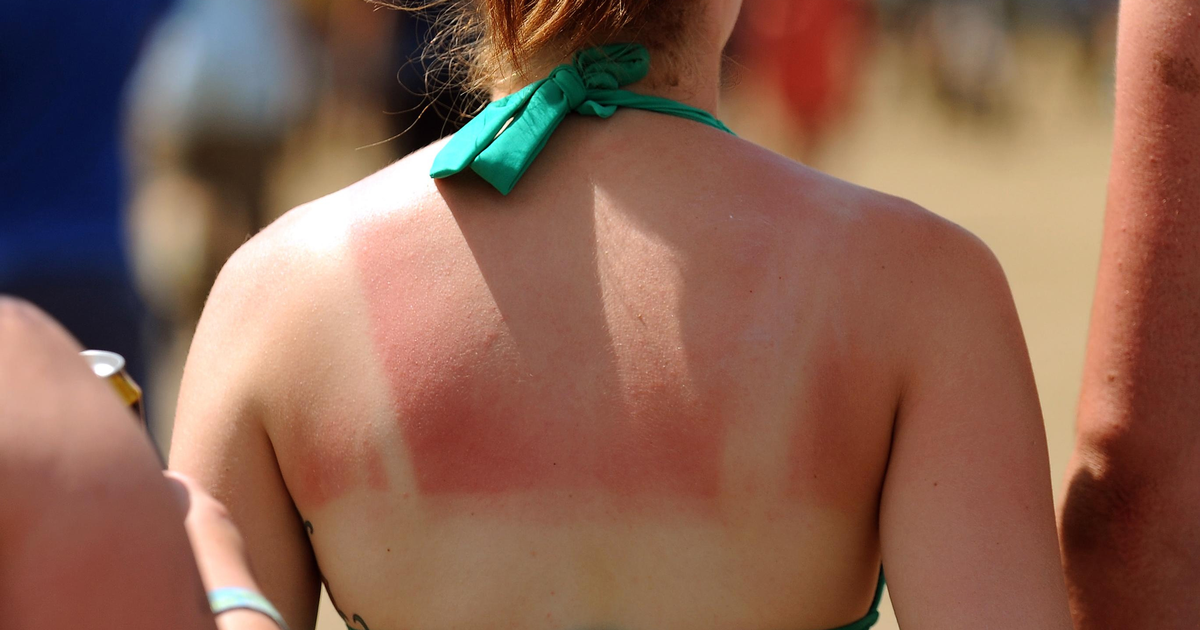
A low-level sunburn can be hard to identify because it does not necessarily, at first, look burnt. The affected skin may look a bit darker, but the burn can take some time to show up. Typically, a burn developed during the day will be most visible by the evening. This level of sunburn may appear simply red and flushed, but more severe sunburns can also have inflammation and blisters. All burns are classified into three degrees of burn.
A first-degree burn is one that only affects the top layer of the skin known as the epidermis. It will typically look a little pink and might feel a tiny bit tender. This type of burn can be treated by applying ointment to help the skin heal, which should take a little under a week.
Get information on identifying second and third-degree sunburns now.
Second And Third-Degree
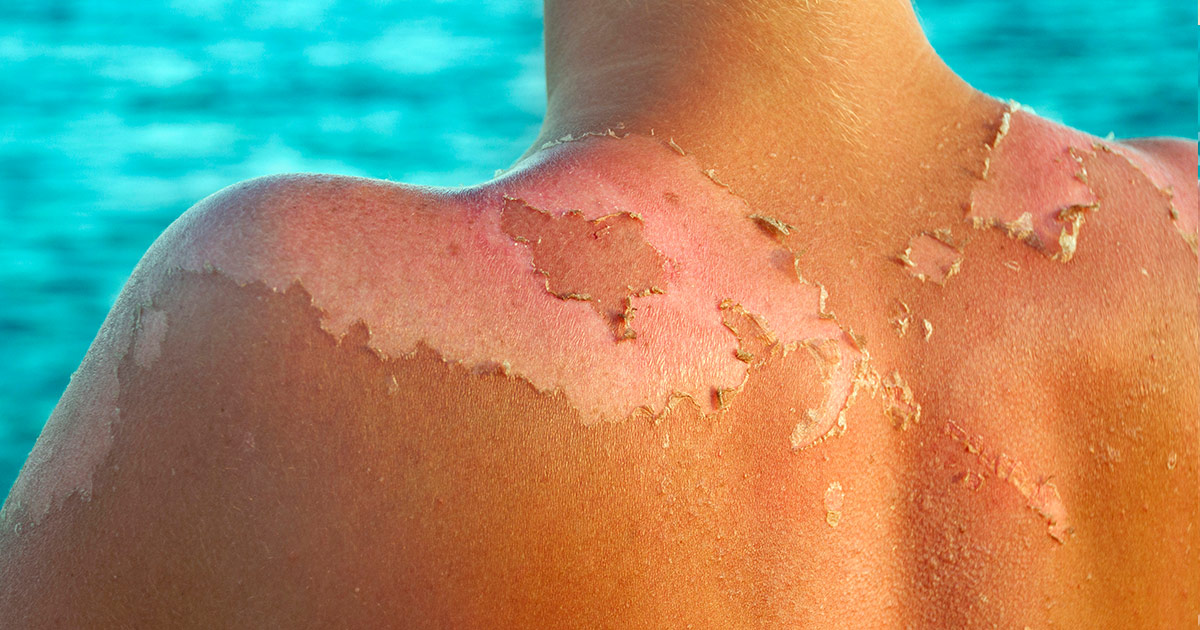
A second-degree burn can be either superficial or deep. With a superficial burn, blisters develop on the skin, and damage occurs on both the epidermis as well as the upper dermis. Using bandages and ointment on parts of the skin that are broken or raw, a superficial sunburn can heal without scarring in just under two weeks.
On the other hand, a deep second-degree burn penetrates all the way through to the deep dermis. With a deep second degree burn, both scarring and blistering occur, which can take up to a month to heal. A deep second-degree burn is often treated in two ways, with bandages and ointments to protect the vulnerable skin and also with antibiotics. These burns may require surgery to correct.
A third-degree burn affects all layers of the skin: the epidermis, the dermis, and the fat layer beneath. Some third-degree burns can go through muscle all the way to the bone. They are intensely painful and can take many months for treatment and full recovery. Thankfully, it is unlikely for sun exposure to cause third-degree burns.
Dive into treating a sunburn now.
Stay Hydrated
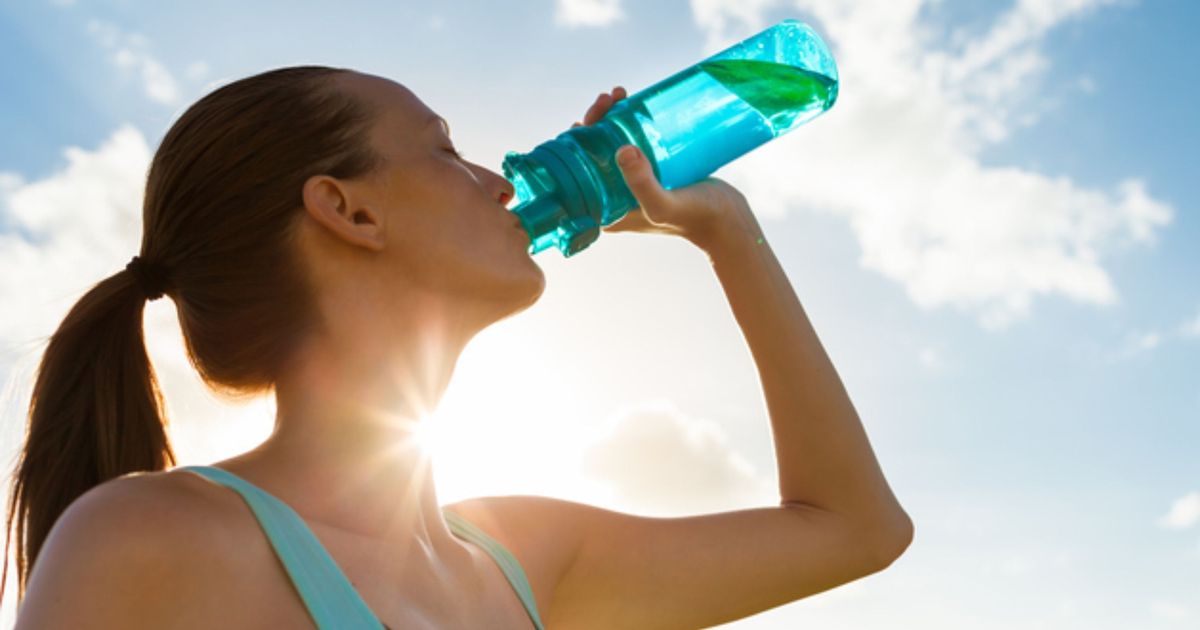
As a sunburn heals, the body often pulls fluid up to the skin's surface, and this can mean there is insufficient fluid for the rest of the body. To reduce the risk of dehydration, a recognized complication of sunburns, patients should ensure they stay hydrated throughout the healing process. Doctors recommend drinking at least eight glasses of water each day, and patients could need as much as two to three liters of water per day in cases where they have a sunburn. While water is the most hydrating option, juices and sports drinks also provide hydration. Patients recovering from a sunburn should monitor themselves for potential signs of dehydration. If extreme thirst, chills, rapid pulse, vomiting, or nausea develop, patients should seek emergency medical attention.
Keep reading for more details on how to treat a sunburn now.
Apply Some Aloe Vera
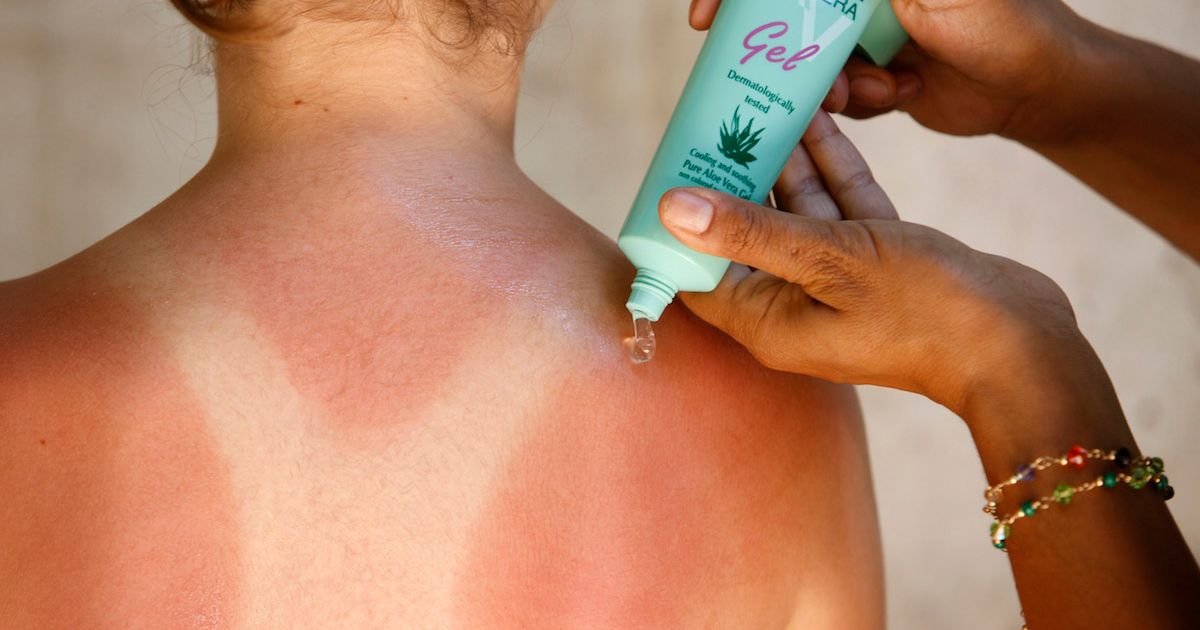
Dermatologists recommend sunburned patients apply some aloe vera gel to help soothe their skin. These gels are available over-the-counter, and aloe vera is also included in many brands of moisturizer. Sometimes, certain lotion formulations may contain a combination of aloe vera and soy, both of which can work together to ease the dryness, peeling, and discomfort associated with sunburns. When selecting a lotion, patients should avoid ones containing lidocaine, benzocaine, or other topical anesthetics, as these are not safe to put on damaged skin, and they may cause further irritation. Likewise, stay away from creams and lotions with lanolin, as this oil can cause allergic reactions, which can exacerbate a sunburn. Many inexpensive body creams and lotions contain lanolin, so always read the label before using any of these types of lotions on already damaged skin.
Creams and other products with petroleum should also be avoided as petroleum traps heat within the skin and can impede healing. In addition to aloe vera, patients may wish to use hydrocortisone cream on especially uncomfortable areas. If blisters develop over a large portion of the body, patients should consult a doctor. Medical help should also be sought if there are any signs of skin infection, including pus, swelling, or pain.
Get familiar with more treatments for sunburns now.
Take Pain Medication
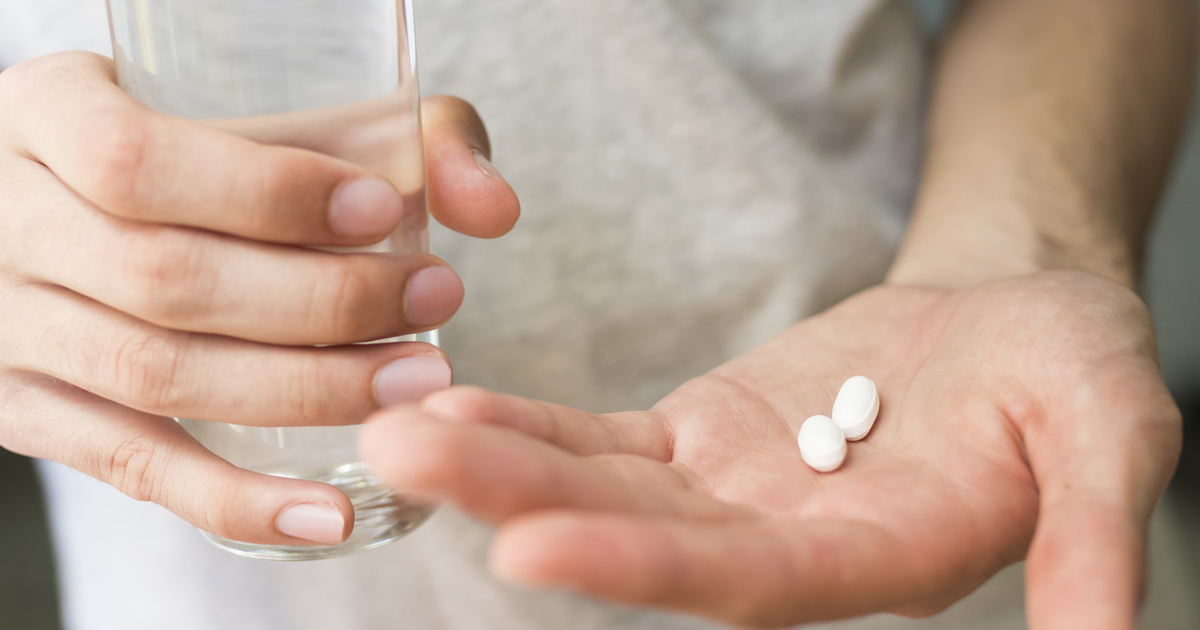
Most patients who have a moderate to severe sunburn will need to take pain medication. Anti-inflammatory medicines such as aspirin and ibuprofen can help to reduce discomfort, and they will also ease redness and swelling. When taking any of these medicines, patients should always follow the directions, making sure to take no more than the recommended dose. Individuals with underlying health conditions, including patients with diabetes, cardiovascular disease, and kidney conditions, may need to consult a healthcare professional to make sure anti-inflammatory medicines are safe for them to use. Patients who have a sunburn should not use over-the-counter medicines for more than a week without checking with a physician. Acetylsalicylic acid should never be given to children, and other anti-inflammatory medications can cause liver and kidney damage if they are misused or used for a prolonged period. Doctors may be able to prescribe other pain relievers that are more effective in cases of severe sunburn, and they might recommend alternative measures for pain management that can provide additional pain relief.
Get to know the best way of not only preventing a sunburn, but also ensuring one does not get worse now.
Get Out Of The Sun

Dermatologists routinely advise patients to get out of the sun as much as possible to prevent sunburns. In particular, it is important to stay indoors between ten in the morning and four in the afternoon; these hours are when the sun is especially strong. Even if they are not on the beach, patients can still be sunburned if they are doing water sports like swimming or sailing, because the water reflects the sun's rays. To minimize sun exposure, patients should apply a broad-spectrum sunscreen that protects against both UVA and UVB rays. Doctors recommend selecting one with a sun protection factor (SPF) of at least thirty. It should be applied roughly thirty minutes before sun exposure. Most adults need to apply at least an ounce, and sunscreen typically needs to be reapplied every two hours. When using sunscreen, patients should ensure they apply it to all exposed areas, particularly the back of the neck, face, lips, and ears. Wearing clothing with built-in sun protection is advisable, and the use of a wide-brimmed hat can help deflect the sun. If possible, patients may wish to consider wearing lightweight, long-sleeved swim tops and long swim pants to minimize the amount of skin exposed to the sun.
Patients currently healing from a sunburn should not go out in the sun while they are healing, as this can cause further pain and prolong the healing process. Individuals who have had a sunburn in the past are at an increased risk of skin cancer, and they may wish to consult a dermatologist to check whether it is safe for them to go out into the sun. Patients on certain medications may need to avoid sun exposure as well.
Discover additional options for managing sunburns now.
Take Cool Showers And Baths
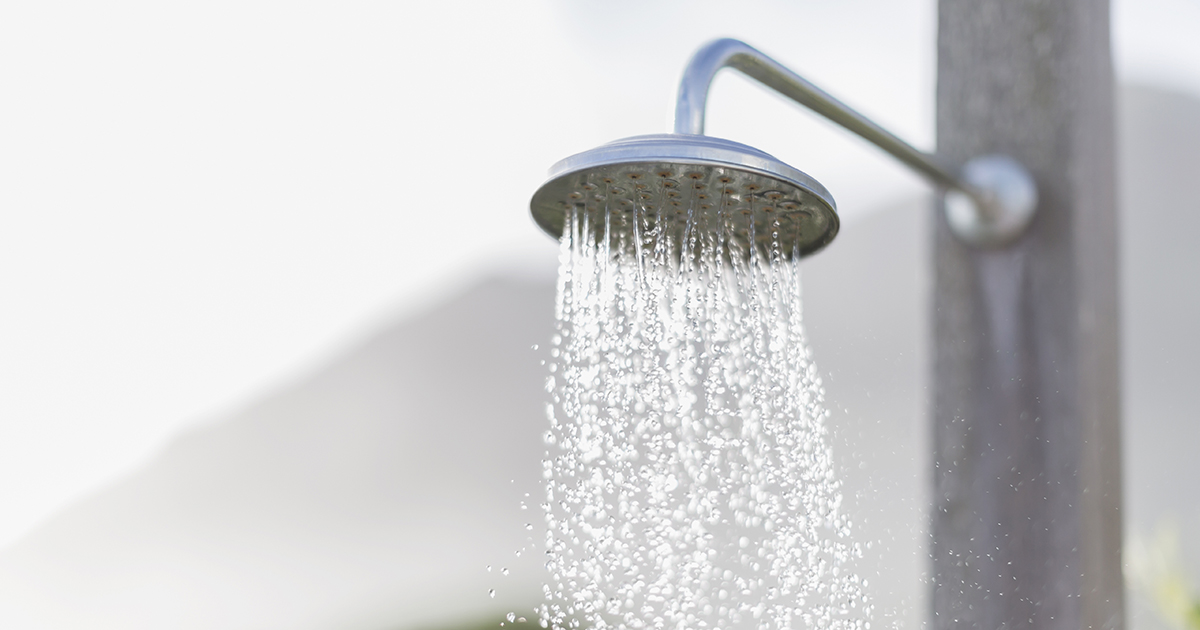
Patients treating a sunburn can take cool showers and baths to help reduce their discomfort as often as needed. After getting out of the bathtub or shower, it is important to pat the skin dry with a soft towel; rubbing the skin could cause pain. When patting the skin dry, doctors recommend allowing it to remain a little damp. Next, the patient should immediately apply a moisturizer. Applying moisturizer directly after a bath can help trap more moisture in the skin, speeding up the healing process and reducing dryness. In addition to cool baths, patients may find applying a cool, damp towel to their skin for ten to fifteen minutes is beneficial for pain relief, and this can be done several times each day.